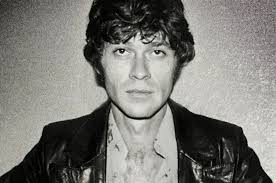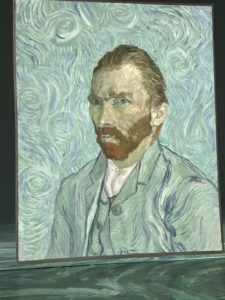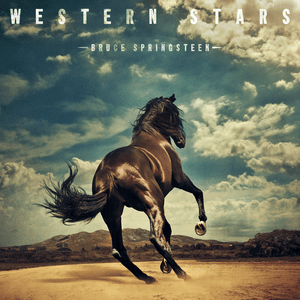
Robbie Robertson’s music and influence will live on.
My heroes are dying.One by one. Drip by drip, they drop from this world into the next.Tina Turner, Randy Meisner and Robbie Robertson are just the latest.Before that, we said goodbye to Tom Petty, Glenn Frey, Prince, David Crosby, Burt Bacharach and David Bowie—and the list goes on.
If those names are familiar, you probably grew up in the 60s,70s or 80s. You probably loved music and the songs of these icons became a part of your DNA, a big part of your soul.Randy Meisner was the Nebraska native whose sweet voice turned “Take it to the Limit” into a song that inspired millions.Robbie Robertson was the genius who led The Band and virtually created “Americana” music.
I remember going to see “The Last Waltz” at the Smithhaven Mall with my friends Scott and Howie. We were 14. We loved music, but our tastes were not quite sophisticated, not quite fully formed. We adored The Beatles and that’s why we probably went to see “The Last Waltz”, because Ringo was in the film —for a few minutes anyway.I came away loving The Band.
I remember being swept up by Robbie’s cool and Levon Helm’s soulful singing. But it would be years until I fully appreciated the genius of The Band, the greatness of their work and the power of that amazing film, in my mind the best “rock movie” ever made. The best concert movie ever.And at the center of it all was Robbie Robertson, the epitome of hip, the wise soul, road weary and weathered but full of wisdom and great songs.Now he’s gone, but the music lives on. And will live on, I’m sure of it.Why?Because here we are in 2023, and we are still listening to music from the 70s. If we did the same thing in the 70s, we would have been listening to music from the 20s. I don’t think we did too much of that in those days.
I remember, a number of years ago, going to Old School Square’s Crest Theater to see local musicians reenact The Last Waltz. People were dancing in the aisles. I can’t imagine a better time.
A few years after that, we went to The Arts Garage to see Rusty Young of Poco perform. He sang like an angel. And shortly after he passed too. That beautiful voice and dobro silenced.We’ve been making it a point to see the legends when they pass through South Florida. Many of the shows were farewell tours and all of them were awesome: Paul Simon, Elton John, David Byrne, Colin Hay, Roger McGuinn (at the Crest) Steve Forbert (Arts Garage) Queen (without Freddie Mercury), The Eagles right before we lost Glenn Frey and of course, Bruce Springsteenand the E Street Band.I’m sorry I missed Jackson Browne who just played Fort Lauderdale. What a songwriter he is, what a voice too.My goodness, these people are special.
And so I wonder why this music penetrates my mind and never leaves my heart. Why do these songs mean so much?They’ve gotten me through sadness and propelled me when I felt joy.
I think we’re all searching; for answers, for a way to express ourselves. I find my answers in music and I express myself by writing.Last week, I was sitting around the house thinking about a friend I just lost. My mind wandered to music. And I began to wonder what it is about a great song that moves us.
Then magically— as if on cue–an old friend called. We talked about a whole bunch of things. And she said something profound. She said something that I can’t let go of.
Our heroes give us ladders, she said. It could be a song, a painting or an essay that touches something deep down. They hit on a truth and give us a ladder to climb so we can get to another level of understanding. And we climb, carefully, so as not to fall. We climb to see what’s at the top.If we’re kind and generous, when we get to the top, we gaze a few rungs down and extend a hand.That’s what my heroes do for me. And that’s what I aspire to do for others, even though I often doubt I can do what they do. I try anyway. I will keep trying.
We forget all but the greatest statesmen and all but the most amazing sports heroes.We come.
We go.
But the music lives on. Always and forever. The heroes live on.They leave behind ladders if we care to look and if we care to climb them.








